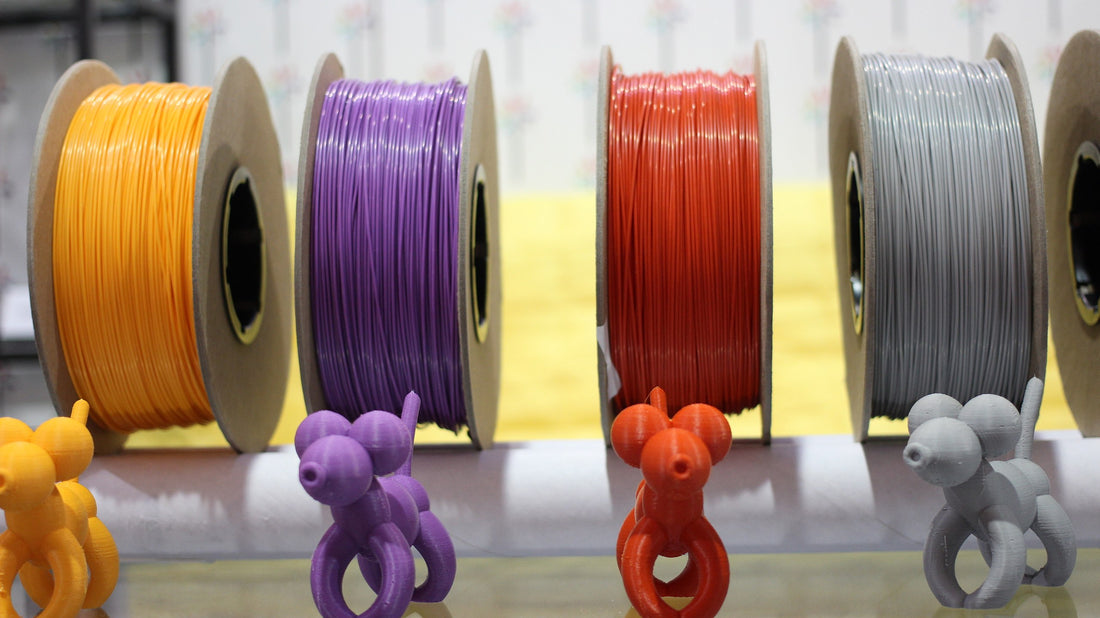As with all stories, it is always best to start from the very beginning in order to give everyone a fair chance of understanding and catching up with the story’s plot. Therefore, before delving into comparing PLA brands, here is a brief definition of what it actually means.
Polylactic Acid also known as PLA, is a biodegradable thermoplastic derived from renewable resources such as corn starch. It is currently one of the more widely used materials in 3D printing due to the ease at which it is made as well as its eco-friendly nature. That being said, let’s move to the fun part!
There are currently a plethora of companies offering their own brand of PLA, therefore, covering everything on offer is quite impossible. But to ensure the different types of PLA 3D Printing Canada was covered, we chose the PLA on this list based on their differing characters and the added features they bring to the table.
Taking a look at the last and the different features of the outlined PLAs, it becomes a simple exercise to note the disparity in prices and the reasons why.
Criteria We Used
The criteria used cover virtually every feature you would love to know about the PLA you are interested in purchasing. These features include:
Strength
This focuses on the tensile strength of the PLA’s material. Strength is important for it plays a role in determining how durable 3D printed objects turn out to be.
Flexibility
When working on certain projects where the flexibility of the material is key to the success of a product, one must be careful with the PLA you choose. A flexible 3D print is unlikely to break when put to use.
Smoothness
To avoid complaints when using PLA filament, it is important that you choose a PLA brand reputed for its smooth spools. A smooth PLA also eliminates the possibility of a clogged nozzle.
Ease of Use
PLA filaments are generally easy to use but the smoothness, and quality of your PLA still simplifies the 3D printing process.
Moisture Resistance
Water is an enemy of PLA and harms its usefulness in the long run. Therefore, packaging and the resistance level of a PLA brand must be considered
Impact Performance
This covers the overall performance of a PLA type when put to use.
Adhesion
This focuses on the PLA’s ability to adhere to the printing platform/bed it is extruded on.
Odors
Molten plastic will always produce some smell and PLA is no different. This touches on how poignant or odoriferous the smell produced is. Therefore, the lower the ‘stars’ the less odoriferous the PLA is.
Environmental Friendliness
PLA is naturally eco-friendly due to the use of biodegradable materials in its development.
Durability
This focuses on how long PLA lasts in your stores as well as the durability of the 3D objects a PLA 3D prints.
Recyclability
This focuses on the recyclable nature of the PLA brand been reviewed.
Enhanced PLA
This covers PLA that have other extended features such as transparency, mixed materials and susceptibility to temperature change.
-
So, there you have it, the criteria we put to use in coming up with this extensive comparison list. You can download the comprehensive comparison sheet here.

